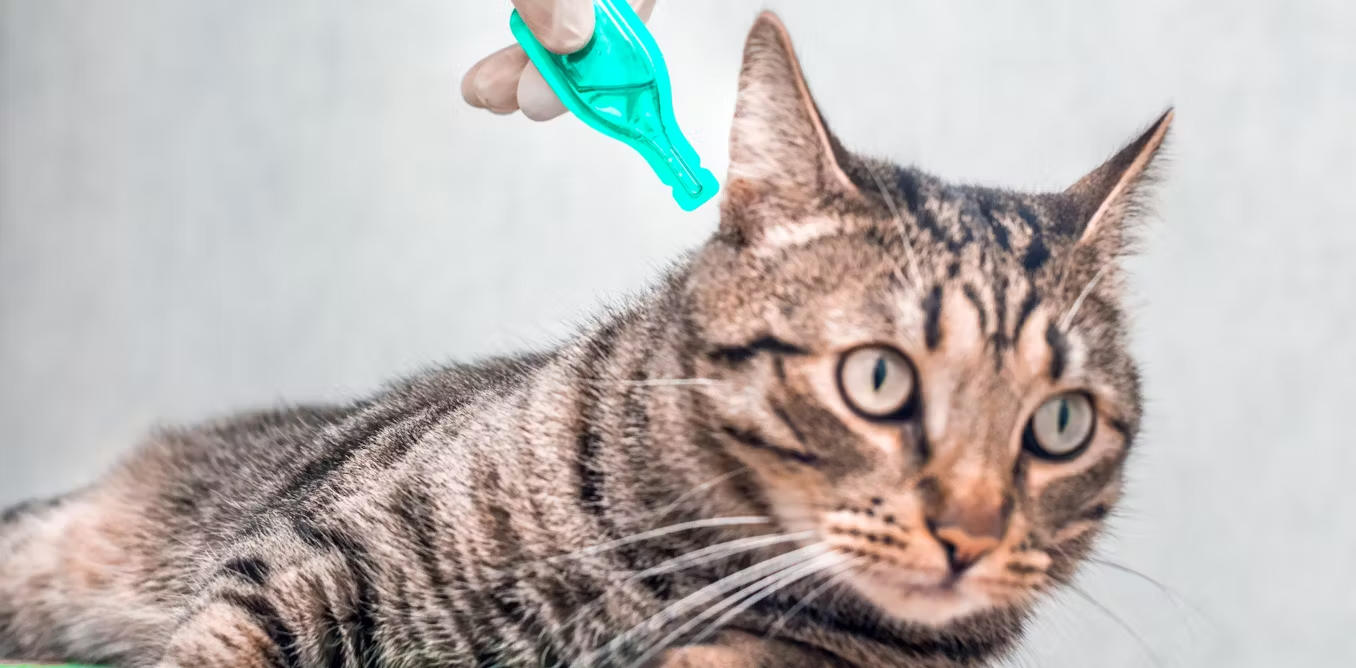5 \ Module 5 – Hospitalization of animals
5 \ Module 5 – Hospitalization of animals
ANIMAL HOSPITALIZATION AREA
1 Characteristics of rooms for the different animals
1.1 Veterinary hospitalization
1.2 Hospitalization of birds
1.3 Other facilities and equipment
1.3.1 Oxygen cage
1.3.2 Heat and cold production devices
1.3.3 Centers with hospital certification
1.4 Hospitalization protocol
1.4.1 History
2 Means of isolation of animals with infectious-contagious diseases
2.1 Hospitalization rules
2.1.1 Communications and visits
ETHOLOGICAL CHARACTERISTICS DEPENDING ON THE SPECIES
1 Canine ethology: breeds and unique characteristics
1.1 Stages of dog development
1.1.1 Prenatal period
1.1.2 Neonatal period
1.1.3 Transition phase
1.1.4 Socialization
1.1.5 Youth phase
1.2 Behavioral disorders in dogs
1.3 Dog breeds
1.3.1 Toy Poodle
1.3.2 Chihuahua
1.3.3 Pincher
1.3.4 Yorkshire Terrier
1.3.5 Miniature Dachshund
1.3.6 Poodle
1.3.7 Pug
1.3.8 Fox terrier
1.3.9 Jack Russell Terrier
1.3.10 Schnauzer
1.3.11 West Highland White Terrier
1.3.12 Beagle
1.3.13 Border collie
1.3.14 French Bulldog
1.3.15 English Bulldog
1.3.16 American Cocker Spaniel
1.3.17 English Cocker Spaniel
1.3.18 Dalmatian
1.3.19 Spanish Spaniel
1.3.20 English Setter
1.3.21 Pointer
1.3.22 Irish Setter
1.3.23 Sharpei
1.3.24 The Hound
1.3.25 Boxer
1.3.26 Doberman
1.3.27 Greyhound
1.3.28 Golden Retriever
1.3.29 German Shepherd
1.3.30 Great Dane
1.3.31 Mastiff
1.3.32 Rottweiler
1.3.33 Newfoundland
2 Feline ethology: breeds and unique characteristics
2.1 Periods of socialization in cats
2.1.1 Infant
2.1.2 Transitional
2.1.3 Socialization
2.1.4 Youth
2.2 Alterations in feline behavior
2.3 Cat breeds and their most representative characteristics as pets
2.3.1 Abyssinian
2.3.2 Turkish Angora
2.3.3 Russian Blue
2.3.4 Bengali
2.3.5 Bombay
2.3.6 Norwegian Forest Cat
2.3.7 British Shorthair
2.3.8 Burmese
2.3.9 Burmilla
2.3.10 Chartreux
2.3.11 Cornish Rex
2.3.12 Devon Rex
2.3.13 Exotic
2.3.14 Maine Coon
2.3.15 Eastern
2.3.16 Persian
2.3.17 Ragdoll
2.3.18 Sacred of Burma
2.3.19 Scottish Fold
2.3.20 Siamese
2.3.21 Siberian
2.3.22 Snowshoe
2.3.23 Somali
2.3.24 Sphynx
3 Ethology and basic care of small rodents and reptiles
3.1 Small rodents
3.1.1 Hamsters
3.1.2 Guinea pigs
3.1.3 Chinchillas
3.2 Reptiles
3.2.1 Turtles
3.2.2 Iguanas
3.2.3 Chameleons
4 Ethology and basic care of other companion animals (birds)
4.1 Birds
4.2 Other pets
4.2.1 Hedgehogs
4.2.2 Rabbits
4.2.3 Ferrets
CARE FOR HOSPITALIZED ANIMALS ACCORDING TO THE SPECIES AND HEALTH STATUS
1 Hygienic care: frequency of controls, ambient temperature and humidity conditions. Therapeutic and maintenance washes
1.1 Hygienic care
1.1.1 Keep the animal’s coat clean
1.1.2 Keep eyes, nose and mouth clean
1.1.3 Keep the perianal area clean
1.2 Ambient temperature
1.3 Relative humidity
2 Obtaining biological samples in a non-traumatic way
3 Principles of rehabilitation: massage, activation of circulation, passive gymnastics, active gymnastics, hot-cold, fundamentals of inflammation and thermal therapy
3.1 Rehabilitation
3.1.1 Purposes of rehabilitation and physiotherapy
3.1.2 Indications for applying rehabilitation and physiotherapy
3.2 Techniques used in physiotherapy
3.3 Massages
3.4 Electrical stimulation
3.5 Ultrasound
3.6 Extracorporeal shock waves
3.7 Fundamentals of inflammation
3.7.1 Phases
3.8 Thermotherapy
3.8.1 Cryotherapy
3.8.2 Surface heat
3.9 Passive kinesitherapy
3.10 Stretches
3.11 Therapeutic exercises
4 Maintenance exercise. Recovery
4.1 Active kinesitherapy
4.1.1 Types of exercises
4.2 Aquatic therapy
5 Stress and influence on recovery
NUTRITION AND ANIMAL FEEDING ACCORDING TO THE SPECIES AND HEALTH STATUS
1 Nutrition during growth
1.1 Nutritional evaluation in dogs and cats
1.2 Artificial breastfeeding
1.2.1 Artificial milk supply technique
1.2.2 Food to use
1.3 Artificial feeding
2 Nutrition in geriatric animals
2.1 Feeding the geriatric cat
3 Obesity: identification of the overweight animal and client education
3.1 Obesity in cats and dogs
3.1.1 Food plan
3.1.2 Weight curve
3.1.3 Introduction of the new feed
3.2 Treatment of obesity
3.2.1 Behavioral measures
3.2.2 Dietary treatment
4 Feeding in critically ill animals: routes of administration, parenteral feeding, nutrition and basic care
4.1 Enteral feeding
4.1.1 Naso-gastric tubes
4.1.2 Esophagostomy tubes
4.1.3 Gastrotomy tubes
4.1.4 Jejunostomy tubes
4.2 Complications of enteral nutrition
4.2.1 Surgical complications
4.2.2 Obstruction of the probe
4.2.3 Aspiration pneumonia
4.2.4 Excess power
4.2.5 Feedback syndrome
4.3 Parenteral feeding
4.3.1 Speed of administration
4.3.2 Metabolic complications
4.4 Feeding animals with gastrointestinal disorders
4.5 Influence of nutrition on skin health
4.5.1 Proteins
4.5.2 Trace elements
4.5.3 Promote hair growth
4.5.4 Improve coat shine
4.5.5 Strengthening the skin barrier
MODULE 6 | Imaging procedures for Veterinary diagnosis






